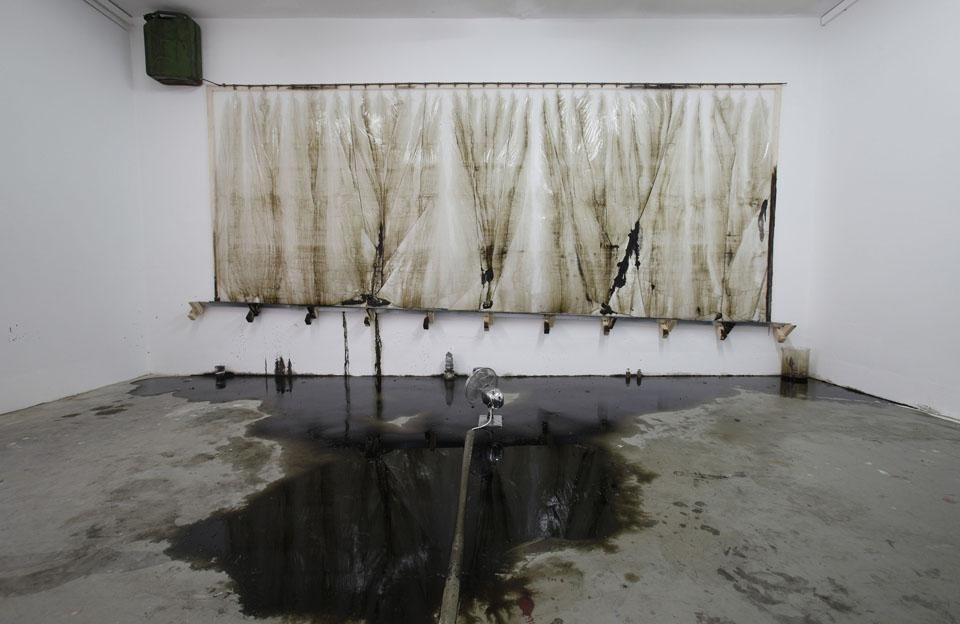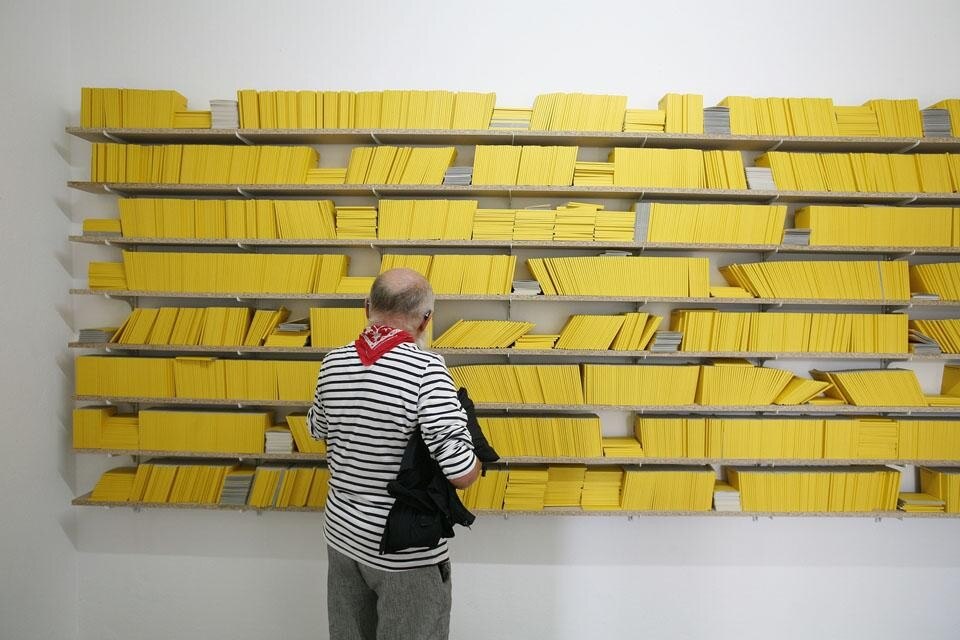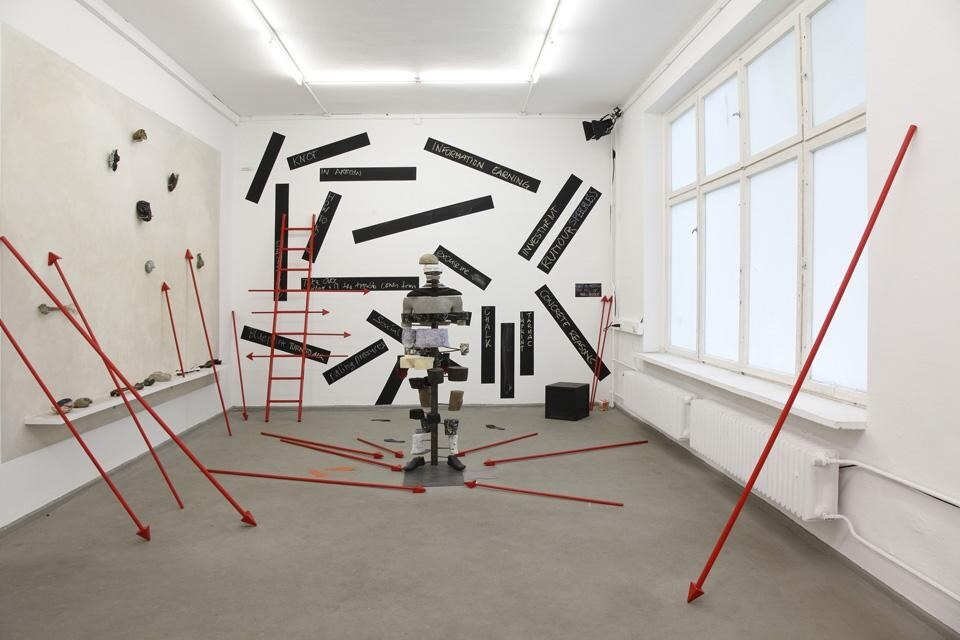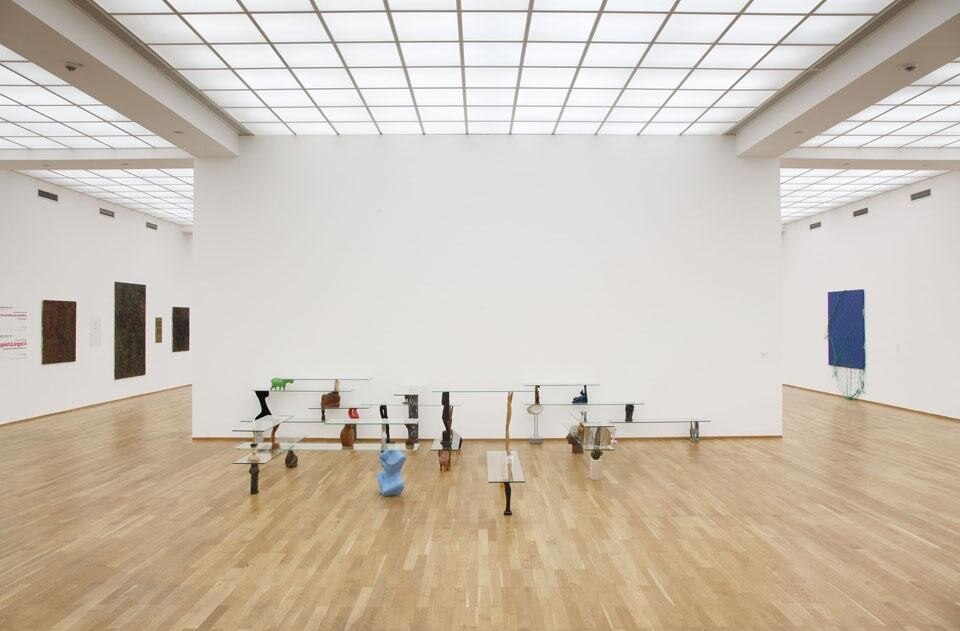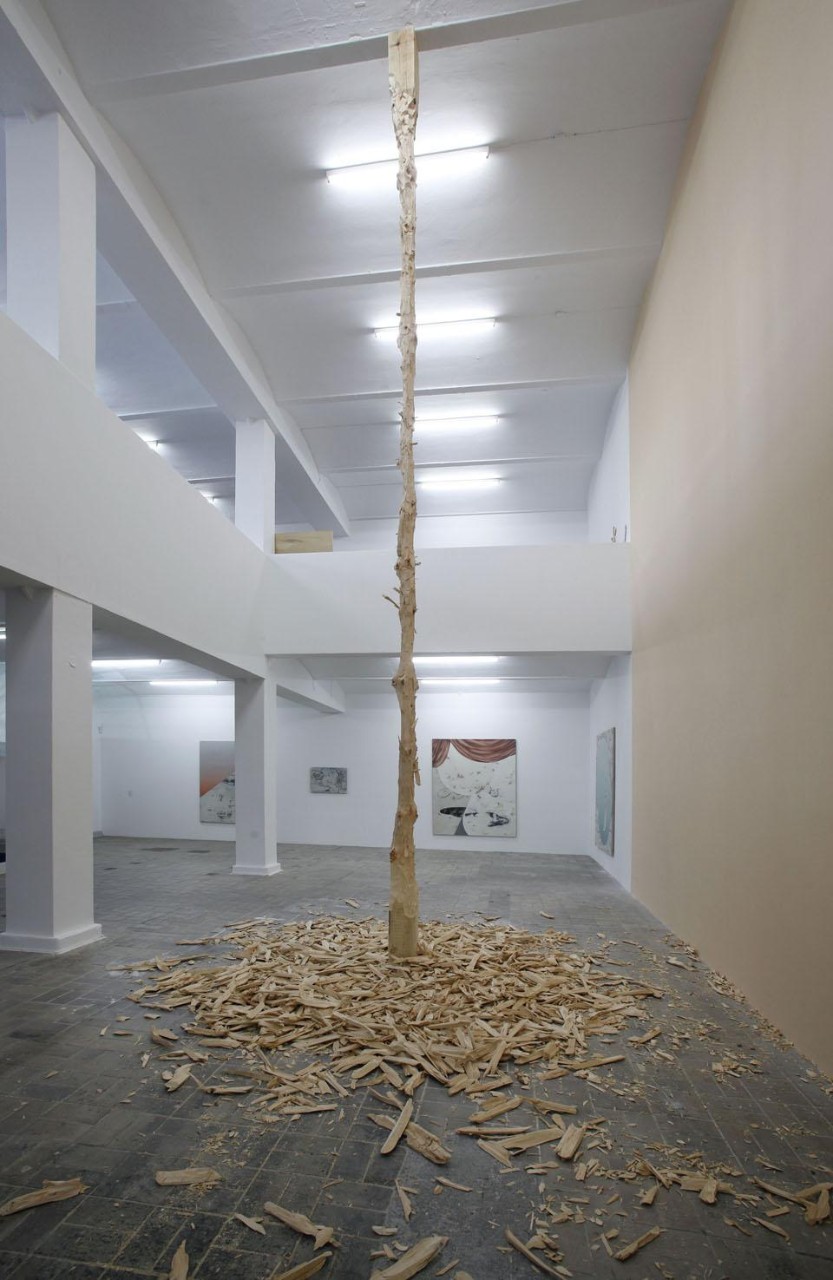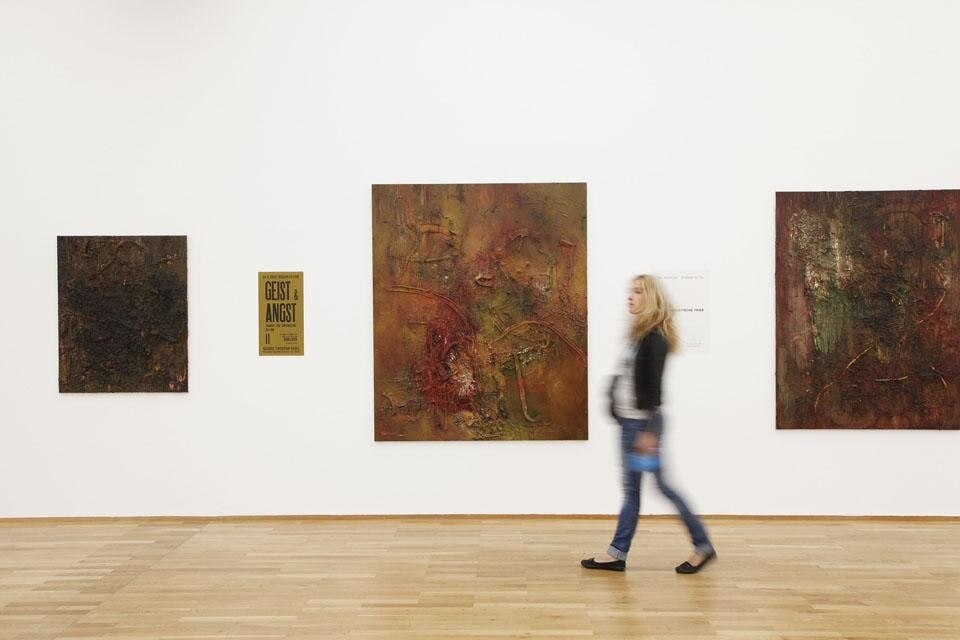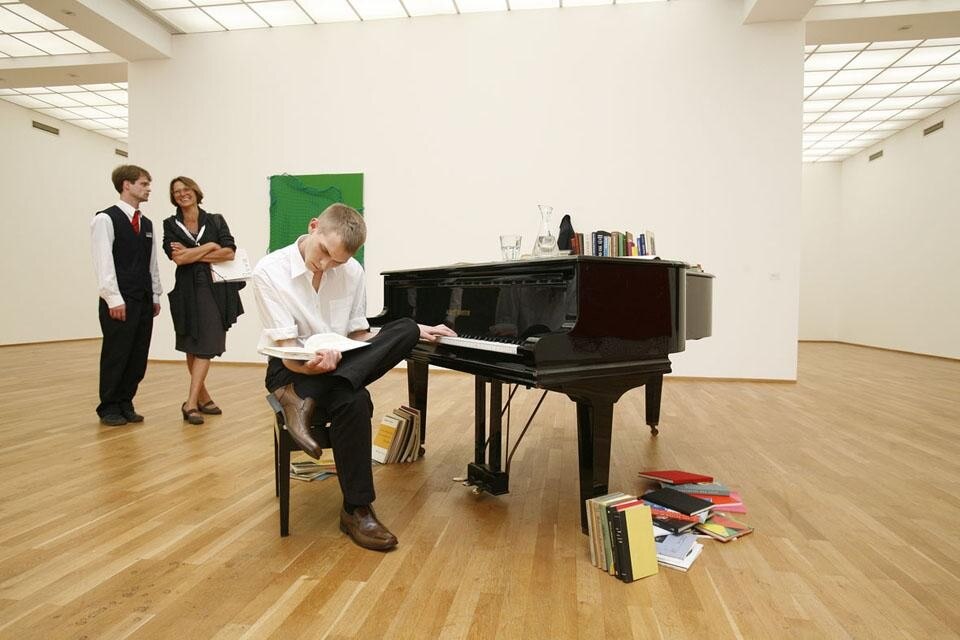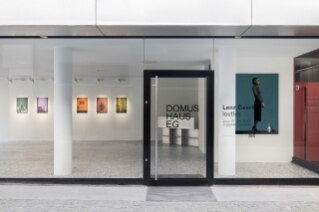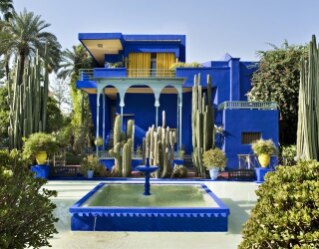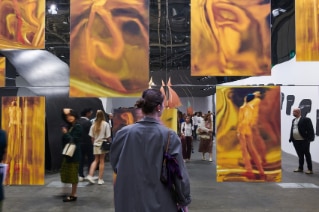But let's rewind for a bit of context. Based in Berlin started as a Leistungsschau, which roughly translates to performance show, to be held in a vacant lot at Humboldthafen, in which Klaus Wowereit, the city's mayor, sought build a new temporary Kunsthalle. With a budget of 1.6 million euros, and under the curatorial direction of Klaus Biesenbach (Museum of Modern Art, New York), Hans Ulrich Obrist (Serpentine Gallery), and Christine Macel (Centre Pompidou), who swiftly delegated their task to five younger curators, the project quickly turned into a cause célèbre.
Clearly, the call for a new art center had more to do with real estate than with art. Or better put, it was a project in which art was to be stripped down to the fundamentals of its economic function: the forefront of gentrification. Plus the budget seemed outrageous in a city usually starved of funding.
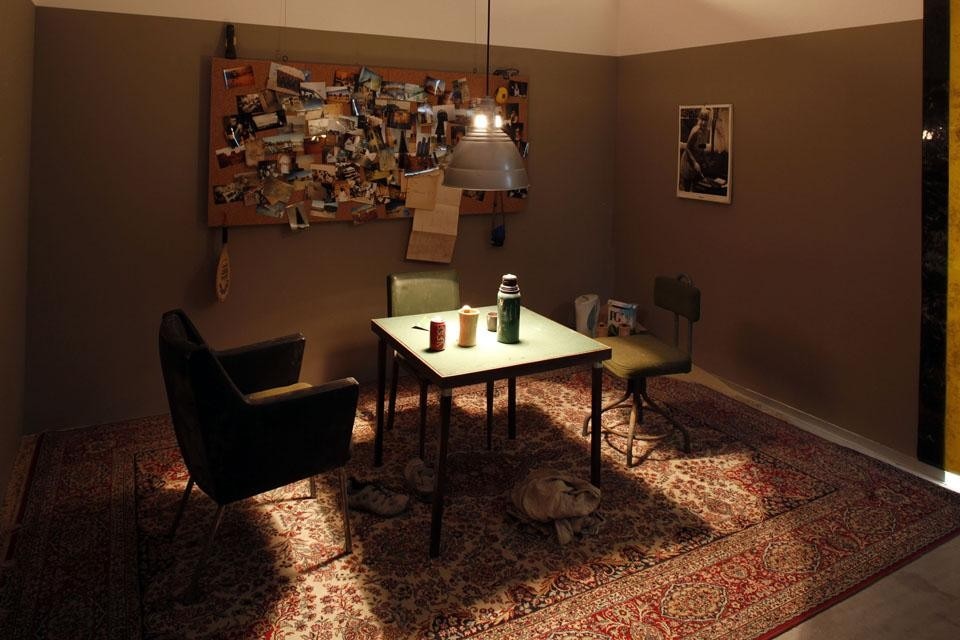
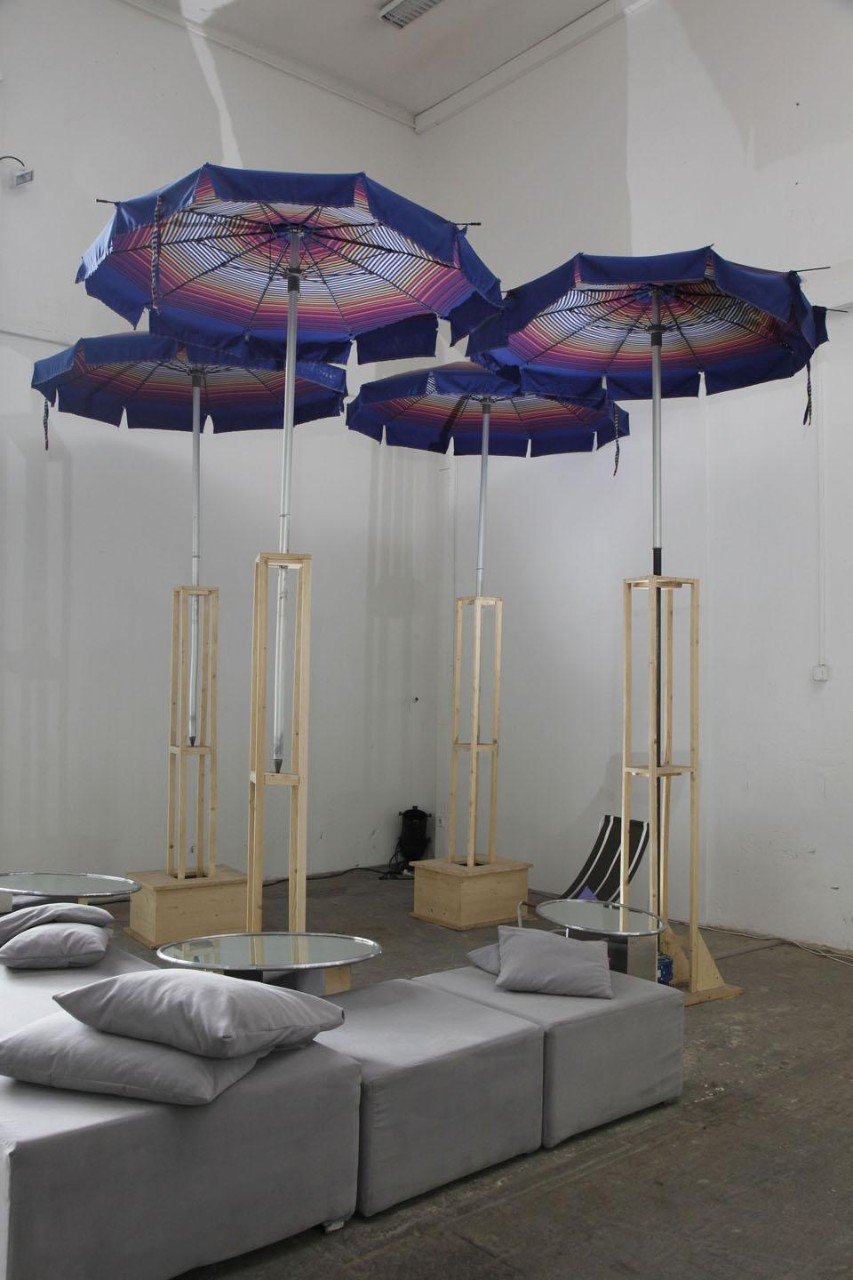
The show is impeccably staged, has major visibility and approving press. However, no amount of good will and effort can change the fact that Based in Berlin hardly requires curating at all.
